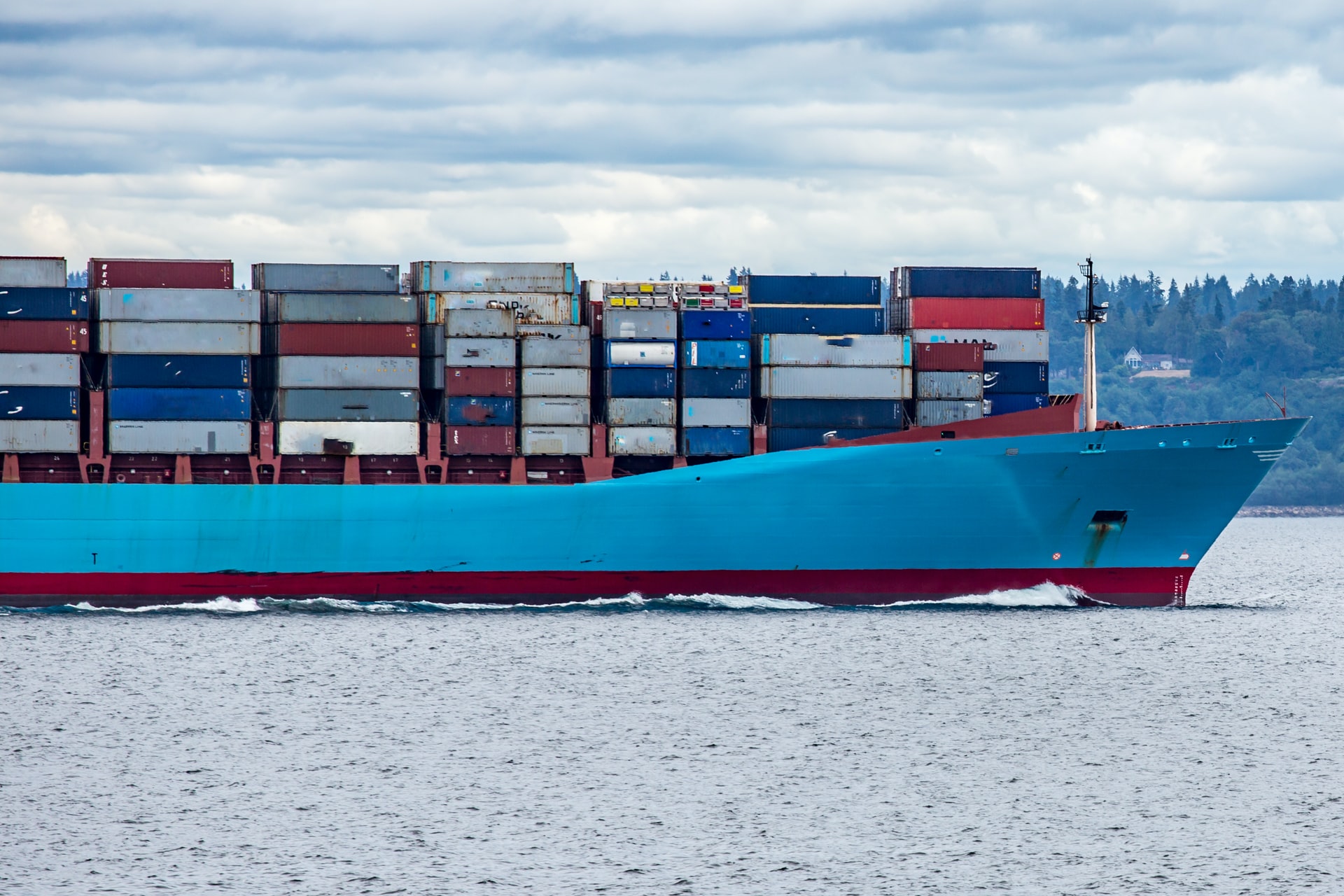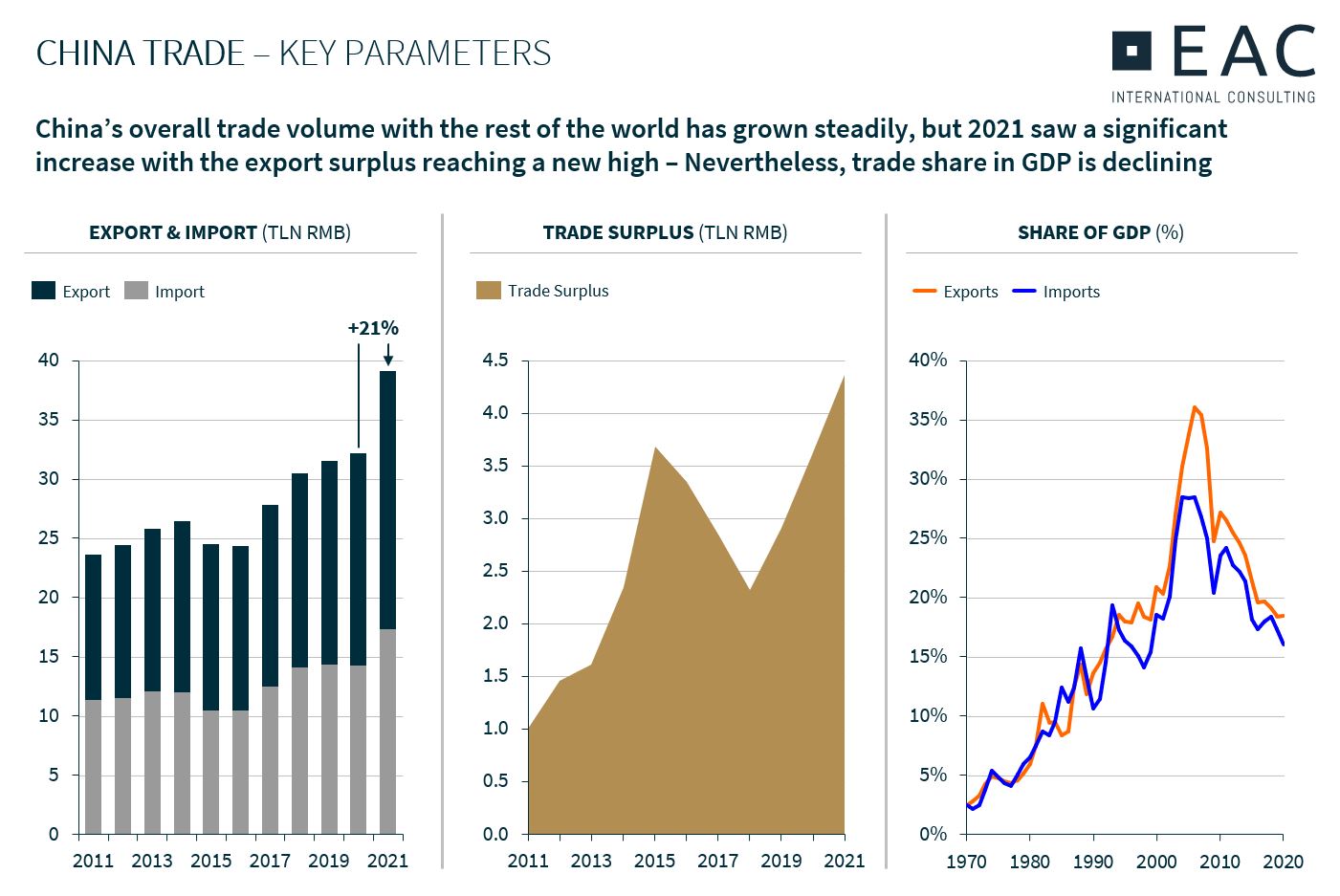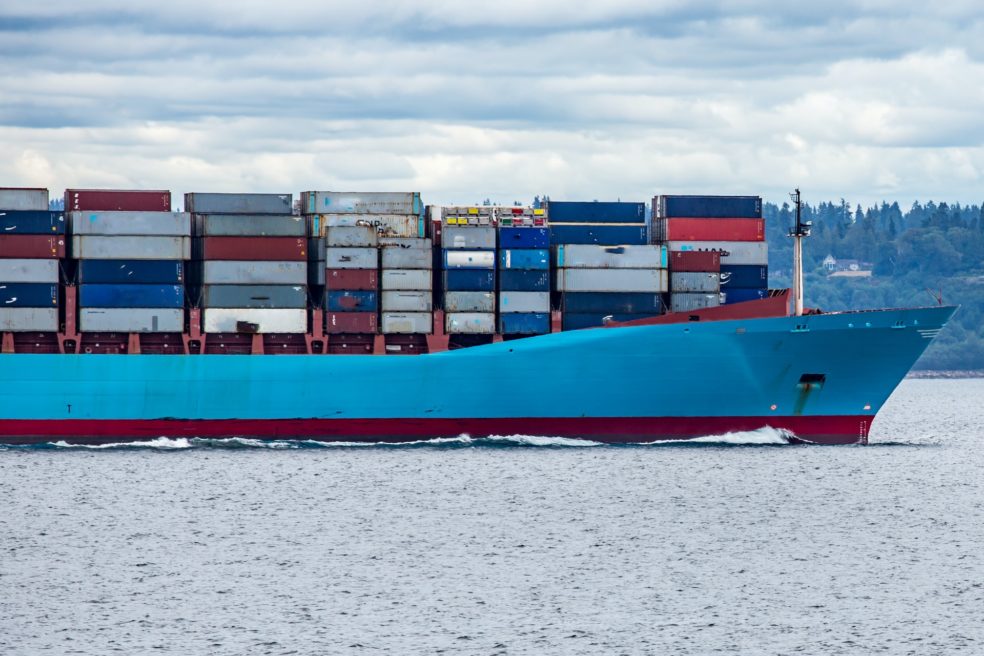China Trade 2022 – Mutual Dependency instead of Decoupling
Despite fundamental changes in the relationship of China with the rest of the world, there is a very different sentiment when it comes to consumption patterns and purchase decisions. In 2021, China traded more with the rest of the world than ever before. We shed light on some key attention points.

Six trillion USD in export and import value shows that China remains deeply connected with the global economy. Pushed by demand from the EU and US, the country recorded its biggest trade surplus to date. Consumers in both Europe and North America still do not want to miss products made in China. For Germany, China was once again the largest trading partner in 2021.

Key Trends & Policy Measures
However, China’s position in the global trading system is now different from 10 or 20 years. We highlight some key changes and trends, but also show what has remained the same:
- Shift to value-added goods: Long gone are the times when China was purely a cheap manufacturing hub for low-value products: Policy stimulus, domestic innovation and rising wages have led to an industry upgrade. Today, more than one third of China’s total exports is electrical machinery and mechanical appliances. Optical precision equipment and vehicles amount for 3% each – much more than clothing or footwear.
- Decreasing trade barriers: Despite some exceptions, China has overall been reducing its import tariffs over the past decades and has even joined the RCEP (Regional Comprehensive Economic Partnership) free trade area including Japan and some Southeast Asian countries.
- Rise of imports: rising purchasing power and re-balancing towards domestic consumption have now turned also into a major importer of goods. The country promoted this, for example, by setting up the annual China International Import Expo in 2018.
- High trade surplus: Even given rising imports, the strong export business has been generating impressive gains for China in the past years. In 2021, the country achieved the highest surplus ever recorded among any country.
- Increasing focus on self-reliance: While still fostering trade in general, China is at the same time targeting to become more self-reliant with its ‘Dual Circulation’ strategy, especially in strategic sectors. This also includes a boost of domestic consumption – the share of exports in the GDP has decreased from over 35% in 2010 to below 20% in 2020.
- Stable trade partners: Despite geopolitical differences, the United States, Japan, South Korea Vietnam and Germany have remained China’s most important trading partners. However, the nation is also diversifying its trade relations by promoting exchange with countries that are part of the Belt and Road Initiative.

Conclusion
Despite geopolitical challenges and a changing economic structure in the country, China remains deeply inter-connected with the world economy. Despite a slowly decreasing export share in its GDP, the nation is as dependent on foreign markets as those themselves are dependent on China as a supplier. While there are political tendencies towards import substitution and self-reliance, we do not foresee a general short-term decoupling of China from global markets.





